The city’s 2014 property assessments, released Friday, showed values of properties outside areas badly damaged by the June floods have risen six per cent since last year.
Citywide, the typical home is now worth $430,000, up from $410,000 in 2013.
That’s the highest level since 2008, when the boom lifted the median price to a record $447,500.
“We have certainly seen a really strong increase, and certainly a resetting of some of those values back before some of the financial crisis happened,” said city assessor Nelson Karpa.
Many communities saw assessments rise more sharply than the six-per-cent median, particularly those in northeast Calgary and those hugging Nose Hill and Fish Creek parks.
Elbow Park and Roxboro were the only neighbourhoods where assessed values dropped.
Calgary Real Estate Board (CREB) economist Ann Marie Lurie said the citywide rise was likely being led by a surge in demand for single family homes.
“A single family home under $500,000 have been selling quicker and their prices are increasing.
“We have finally pushed above those unadjusted (for inflation) levels. We’ve pushed above those peaks that we saw in 2007 (for single family homes).”
The trend was likely stronger in parts of the city which registered value increases above the six per cent average, she said.
“It could be that those areas have more homes on that lower end of the (single family) market.”
Value increases for condos and townhouses still trailed single family properties, she said, despite strong recent performance.
Price growth for single family homes in 2013 was 7.8 per cent, CREB figures showed, compared to 8.7 per cent for condos.
However, condo prices in the city took a bigger hit after the 2007 boom, Lurie said, and were yet to recover to that peak.
Calgary property taxes are based on the assessments. The city council set this year’s property tax hike at five per cent, but all homeowners whose property assessment rose by more than the six per cent average will pay a greater increase and people with lesser value rises or drops will face a lesser one.
Realtors often warn that assessments aren’t a substitute for actual market value. Assessors normally don’t visit homes, and they only consider neighbourhood home sales up to the previous June 30 — which means they’re already six months behind sales trends.
Residents and business owners can review assessments and appeal by March 4.
By Jason Markusoff and Michael Wright, Calgary Herald January 4, 2014







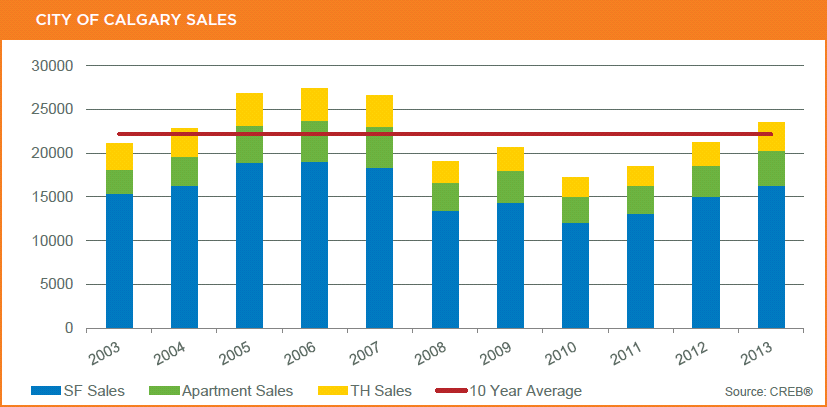
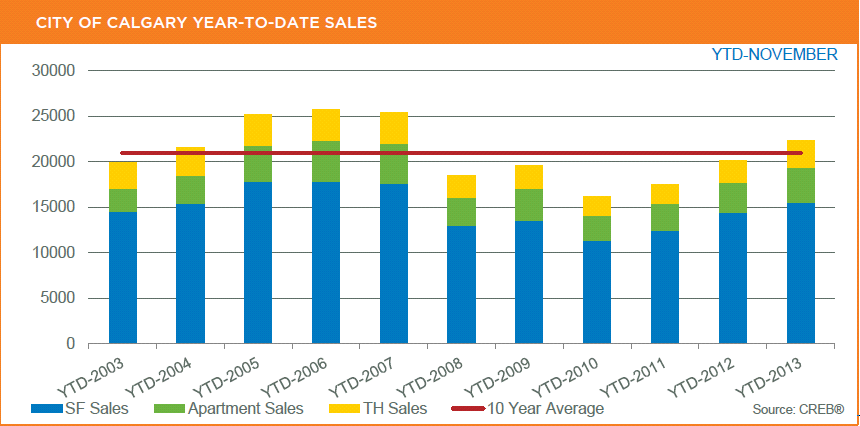
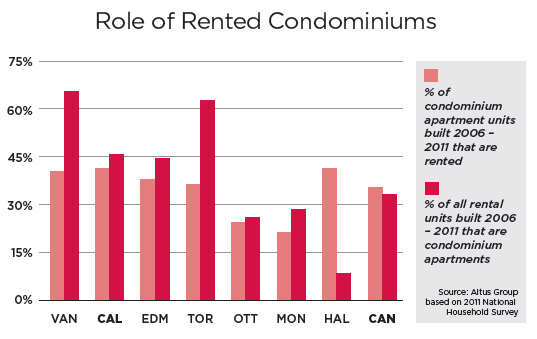
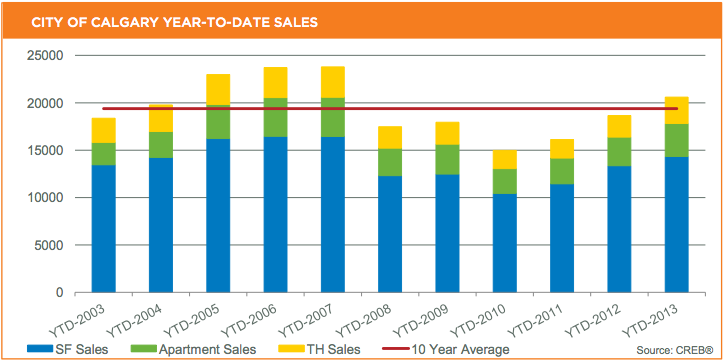
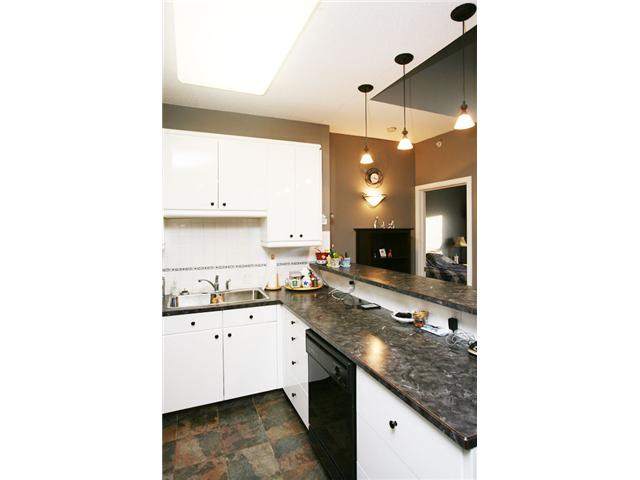
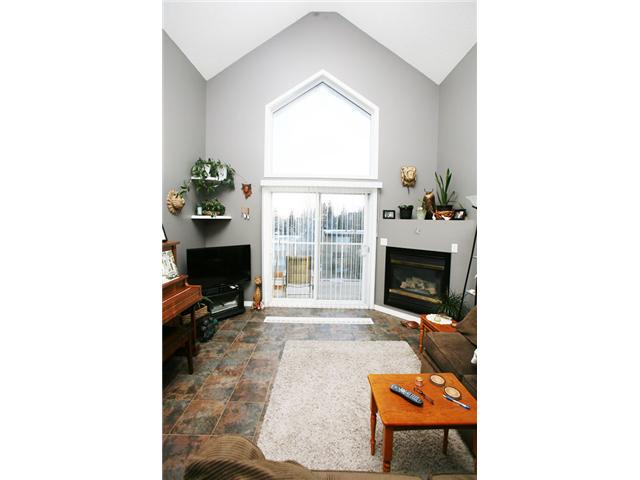
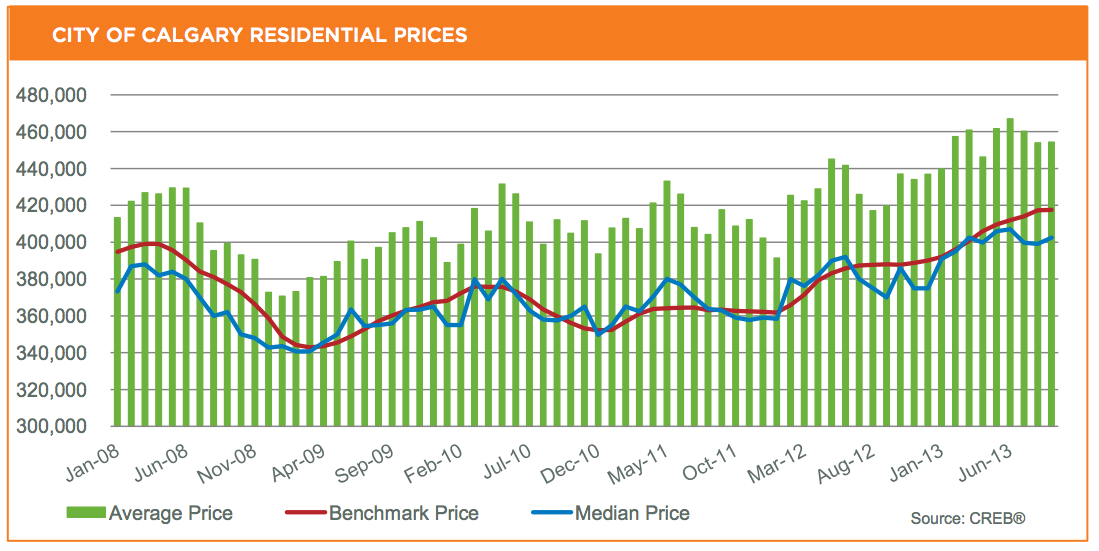
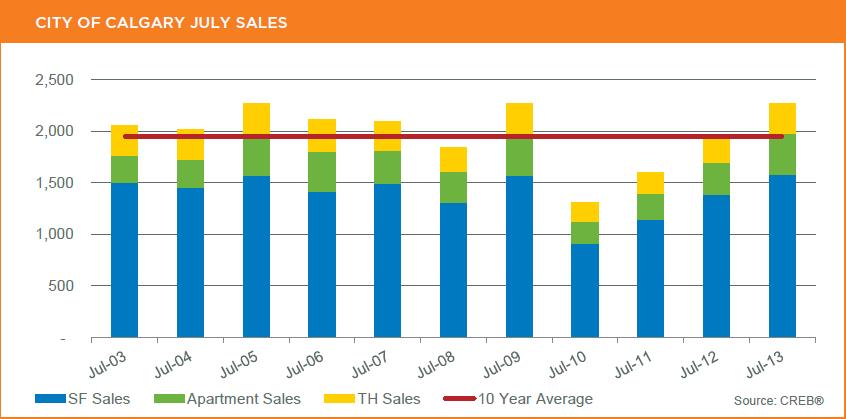
 Calgary’s population is now growing at the same pace as Houston — the oil capital of Texas and one of the fastest growing cities in the United States.
Calgary’s population is now growing at the same pace as Houston — the oil capital of Texas and one of the fastest growing cities in the United States.